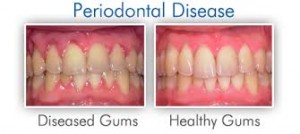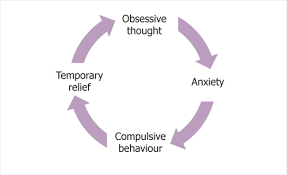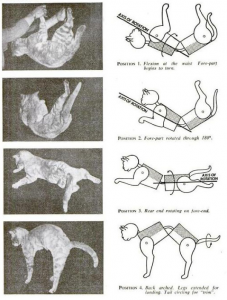Last spring I decided that I needed to make a little change it my life. I have always been a healthy person, but upon coming to college, I realized that I had partially began gaining the freshman 15. So I started to hit the gym regularly to ensure that I didn’t gain any weight. However as a college student, with a packed schedule and barely enough time to even eat some days, I found it hard to find a good time to work out. The only time I could really find to go to the gym was late at night, usually around 9:30-10 o’clock. It seemed to be working for me for a while because despite my busy schedule, I did actually find the time to hit the gym.  After about a little over a week I realized that I hadn’t really been sleeping at all. After a phone call with my mom we both came up with the hypothesis that it was because I was working out so late at night right before I was going to bed. We predicted that going to the gym helped raise my energy and got my adrenaline pumping so when I went home and showered and tried to go to sleep, my energy and adrenaline was still pumping. I never actually looked into our hypothesis so I decided to research it for this blog post. Before my research I came up with this:
After about a little over a week I realized that I hadn’t really been sleeping at all. After a phone call with my mom we both came up with the hypothesis that it was because I was working out so late at night right before I was going to bed. We predicted that going to the gym helped raise my energy and got my adrenaline pumping so when I went home and showered and tried to go to sleep, my energy and adrenaline was still pumping. I never actually looked into our hypothesis so I decided to research it for this blog post. Before my research I came up with this:
Null Hypothesis: Exercising later in the night was not keeping me up at night
Alternative Hypothesis: Exercising later in the night was keeping me up at night
To my surprise, the research I found right away already suggested that exercising before bed will not keep you awake at night. It is actually a common misconception that this will occur. Recent studies have shown however that this hypothesis is true. In the past, people believed that exercising before bed was not ideal for mainly three different factors (Green).
- Your body temperature is raised during exercise which is the opposite of what your body temperature does before bed
- Chemicals are released, including adrenaline (which I had hypothesized myself)
- High energy work outs make it hard to relax
A poll of 1000 adults ages 23 to 60 was conducted in 2013 by the National Sleep Foundation. The poll was a very log and detailed questionnaire, covering 16 pages, that asked about exercise that they practiced and when they did it as well as their sleep patterns. The findings showed that people who practiced more intense exercise experienced a better quality of sleep as shown in the graph below. There was also in depth research considering those who took medications.
The results that I really wanted however, was exercising before bed. The questions also looked at the differences in quality of sleep after exercise during two different times: one being more than 4 hours before going to bed and the other being within 4 hours of going to bed. The actual statistics of the answers provided are actually pretty interesting. The difference between the overall sleep quality is only 5% more in those who exercise more than 4 hours before bed compared to those who exercise within 4 hours before bed. Surprisingly, those who claimed that their quality of sleep improved on the days that they exercised compared to the days they did not exercise was 1% higher in those that exercised within 4 hours of sleep. And also, those who claimed that their length of sleep had improved on days the exercised was also higher in those that exercised within 4 hours of sleep.
Based on these findings, I think that it is safe to say that any exercise no matter what time of day will essentially help you sleep better. I suppose that it may be different for each individual. Maybe some people find it easier to sleep when they work out right before bed, whereas others, like myself find it difficult. Of course there may be some confounding variables that would explain why I could not sleep, for example maybe I drank coffee a little too late in the day. Everyone can decide for themselves what is best for them. I would like to see some research on how close is cutting it for exercise before bed time. Would I be more at risk for insomnia by working out an hour before going to bed, or 3 hours? Until I get the chance to figure that out, I found this article that explains what the right times are for cardio and weight training are, and also include some tips for sleeping better after working out.
Works Cited
Green, Ethan. “Does Exercise Before Bed Create Or Cure Insomnia?” Nosleeplessnights.com. No Sleepless Nights, 30 Aug. 2016. Web. 20 Nov. 2016.


































